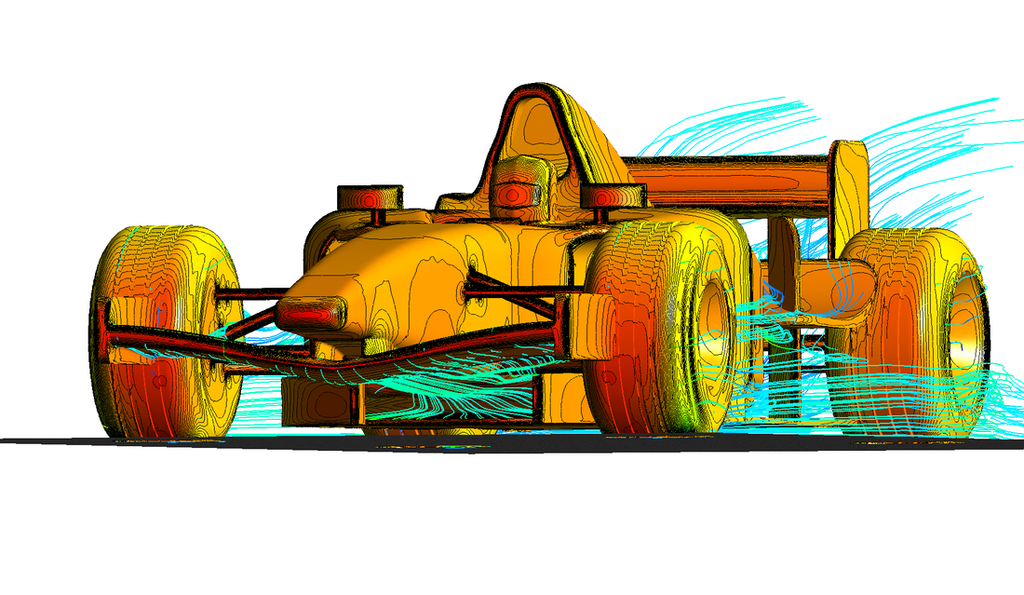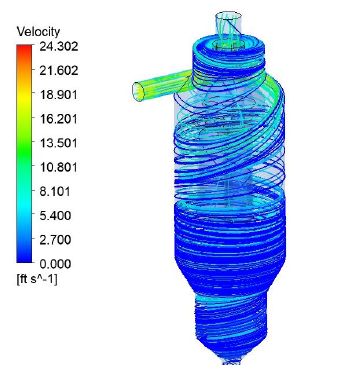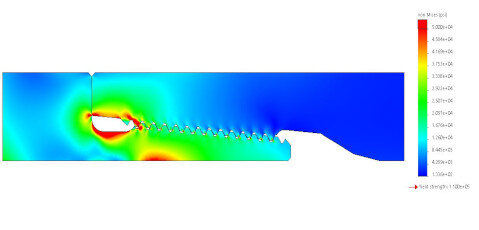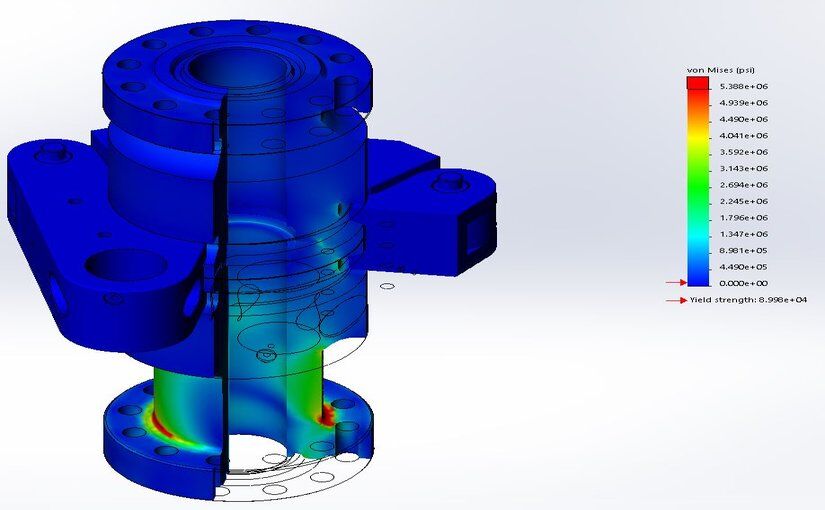The era in which computational tools are being programmed with high capabilities and accessibilities, however not satisfy the complexity of product design and failure which are coming up with high challenges. If the fluid dynamics and engineering simulations are hurdles to product design then Computational Fluid Dynamics (CFD) can be a powerful way to simulate problems in various fields such as Meteorology: weather forecasting, Aerospace: design of wings to complete aircraft aerodynamic design, Turbomachines: design of hydraulic, steam, gas, and wind turbines; design of pumps, compressors, blowers, fans, diffusers, nozzles, Engines: combustion modeling in internal combustion engines, Electronics: cooling of micro-circuits.
At the present time, consumers are being overwhelmed by innovative products or are being satisfied by other affordable alternatives. Looking at the complexity of various phenomena related to electromagnetics interaction, fluid dynamics, heat transfer, and structural dynamics many US base CFD companies’ Eg. Imaginationeering engineers and designers have to come up with fully convinced simulation tools because a single product failure may adversely affect the company’s status and physical prototyping and testing is expensive, time-consuming, and limiting.
In order to improve the product design, many CFD simulation service providers optimize the tool to meet the expectations of the solution of the problem. Certain merits of virtual simulation: Firstly, this modern simulation technique can virtually test the performance of hundreds of designs. For example, in automotive external flow over the body of a vehicle or internal flow through engines, combustion, engine cooling. At the same time, interesting parameters can be optimized. Secondly, the digital product environment or scenario development also has large flexibility. For an instance, flow analysis through turbo machinery like turbines, pumps, and compressors. Thirdly, one can fully understand exactly how and why a design performs in any given boundary conditions. An illustration is marine engineering problems such as loads on off-shore structures. In addition to this at any stage of either the design stage or simulation stage, one can make changes at any time. For example, a flow-through venturi meter with various throat diameters. Furthermore, CFD consulting firms are providing many output parameters as post-processing as flow rate, pressure, temperature, heat transfer rate, etc.
Most CFD engineering firms comprise various steps of computational fluid dynamics simulation. To start with CFD engineer-cum analysts identify the problem or physical phenomena like CAD design, input parameters, and boundary conditions. Once identification of the problem has been done any software of CFD simulation such as ANSYS, ABAQUS, etc. is come on the simulation track. Further, in preprocessing as per the given blueprint CAD drawing has been prepared or it can be directly imported for the analysis. After that, which method will be appropriate for simulation like FDM or FVM is selected. In the next step as per the problem, the element opts then the entire part or assembly is discretized in a number of elements. In the next crucial step boundary conditions, both loads and geometrical conditions are applied also specific failure criteria are selected. At the simulation stage with given boundary conditions computational step is started. The computation time depends on the complexity of the problem. After successful simulation in post-processing, the various useful parameter is considered as outputs of simulation. As per interest by making different changes at mentioned stages one can also optimize a lot of parameters. These steps look so easy to follow but to achieve the desired result engineer and designer team must have discipline expertise, creativity, and experiential knowledge.
Specific benefits which are helpful to improve the product design are as follows.
1. Lesser time requirements: With less total time CFD analysis solves complex fluid flow problems with a superb level of accuracy and high speed.
2. Operation time maximization: Proactively CFD detects potential failures and problems. This enables engineers to search for more effective ways to improve the system and inadvertently increase operational uptime.
3. Better informed engineering and design decisions: Design teams can have a better understanding of the design after CFD analysis results and make the most effective decisions regarding design.
4. Reduced operation, capital, and testing costs: Since Operational and testing costs can be greatly used because the gap between the production process and testing is bridged using CFD. It also reduces the frequent use of physical testing tools.
5. Accuracy of test boundary conditions: As a concussive remark in the fast-growing technology world, the state-of-the-art simulation software and powerful computers now offer a level of realism in digital prototypes that were unimaginable even a few years ago. Dealing with the complexity of engineering problems was so difficult but now it is possible to resolve the problem with ease without any expensive experiments however domain knowledge has to be sound. Using CFD number-based solvers, engineers can transform the complexities of fluid dynamics into mathematical equations to help solve the physical laws related to partial differential equations numerically. These physical laws or PDE (partial differential equations) are broken down into or replaced with algebraic equations and solved using CFD simulation. To put it in the simplest terms, what computational fluid dynamics analysis offers engineers is the ability to execute numerical experiments for products in virtual testing ground.
CFD analysis is used to replicate the need for real-life tests, and tools but not to replace them. With CFD design teams can test the efficiency and performance of the product on the system without having to go back and forth from the testing ground to the factory. Thus CFD reduces the chance of product failures by providing accurate results to engineering problems







